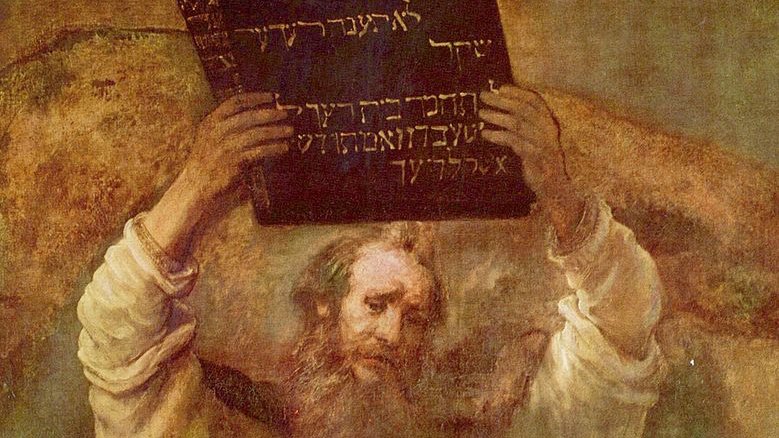Israelis visiting Europe’s churches and museums this summer will be surprised to find Hebrew letters and words on many of the most famous Renaissance and Baroque period art. But when the Hebrew-speakers try to read the Hebrew words, they will find that in most cases there are many mistakes and they will be unable to make sense of the Hebrew lettering.
What is the source of these Hebrew words on some of Europe’s most famous masterpieces? Did these Christian artists know Hebrew?
The use of Hebrew words in art became popular around the 15th century with the expansion of the Renaissance and Humanism. Renaissance thinkers were trying to revive the Classical Cultures, and alongside Latin and Greek, Hebrew was considered one of the most important ancient languages to be studied.
Renaissance artists began adding Hebrew letters and words to their art to try and give their pictures a more authentic historical aura. Adding Hebrew to the Bible scenes from both the Old and New Testaments gave their works a feeling and atmosphere of the ancient Jewish...
Become a Member
-
Read all member content
Get exclusive in-depth reports from Israel.
-
Get exclusive in-depth reports from Israel
Connect with Israel, right from your home.
-
Lift up the voice of truth and hope
Support Jerusalem-based Zionist journalism.

Already a member? Login here.












